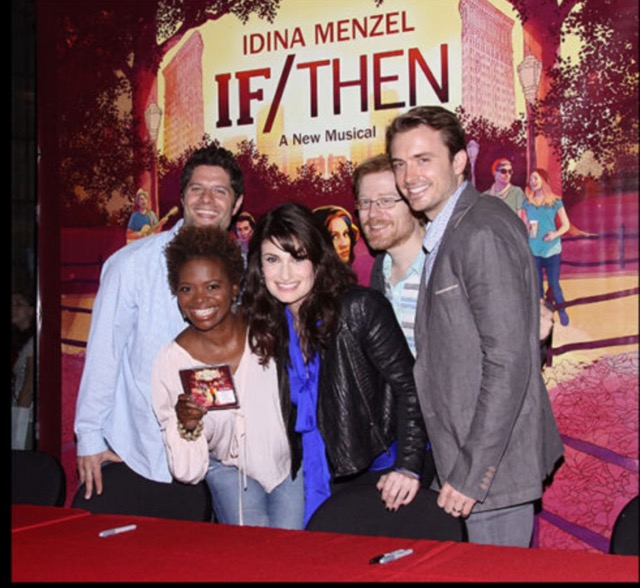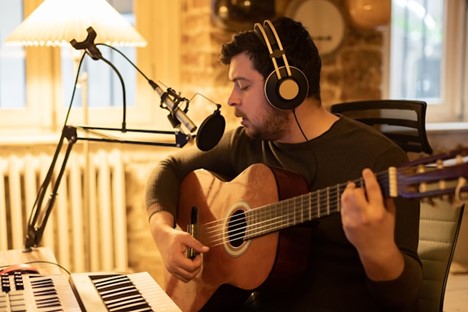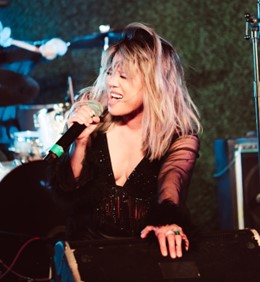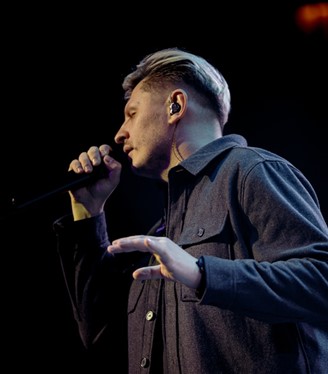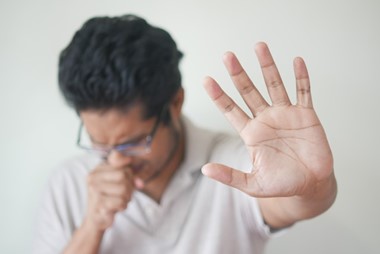When I think back on my time in If/Then, I remember a show that wasn’t just about storytelling—it was about life itself. As a Broadway actor, stepping into the role of Josh in If/Then was one of the most meaningful moments of my career. It was a show about love, fate, and the ripple effect of our choices, and performing alongside Idina Menzel made it even more special.
The Heart of If/Then on Broadway
Written by the brilliant team of Tom Kitt and Brian Yorkey (Next to Normal), If/Then was a Broadway musical that tackled an ambitious and deeply personal concept: What if one decision could change everything? The show followed Elizabeth (played by Idina Menzel) through two parallel lives—Beth and Liz—unfolding in real time based on a single choice she makes in a park.
My character, Josh, was a military doctor whose life intertwines with Elizabeth’s in unexpected ways. In one timeline, he becomes her husband and father to their children. In the other, they miss their connection because she takes a phone call that leads her down a path focused on career over love. The emotional depth of the show, combined with its contemporary Broadway score, made every performance a unique and powerful experience.
🔗 Listen to the If/Then Cast Album
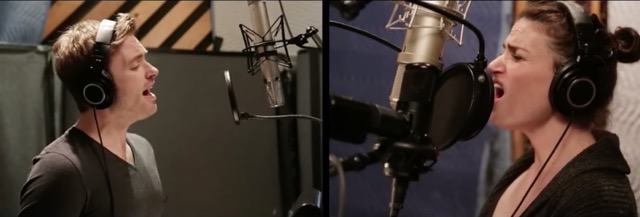
Working with Idina Menzel on Broadway
Sharing the stage with Idina Menzel is as thrilling as you’d expect. She’s a powerhouse—as The Hollywood Reporter puts it, “A Blazing Supernova.”
When I met her for the first time at my chemistry read, I was nervous, worried I’d blow it. But the second I stepped into the room at Telsey, her warmth and authenticity shone through. If I could land this role, I knew it was going to be something special. And it was.
One of my favorite memories was during rehearsals, shaping the intimate moment where Josh reveals he has to deploy again to Afghanistan. Under the direction of Michael Greif, Idina and I worked to craft a scene where silence carried as much weight as words. The time and care she took to shape the long, silent beats in that moment was a masterclass in acting.
On stage, our chemistry was built on trust. If/Then demanded raw vulnerability, particularly in moments like “Hey, Kid”—a song where Josh reflects on the idea of fatherhood. I felt the weight of every lyric because of the deep emotional foundation we created together—and because of the amazing parallels to my own life as a new father at the time.
📸 See Photos from If/Then on Broadway
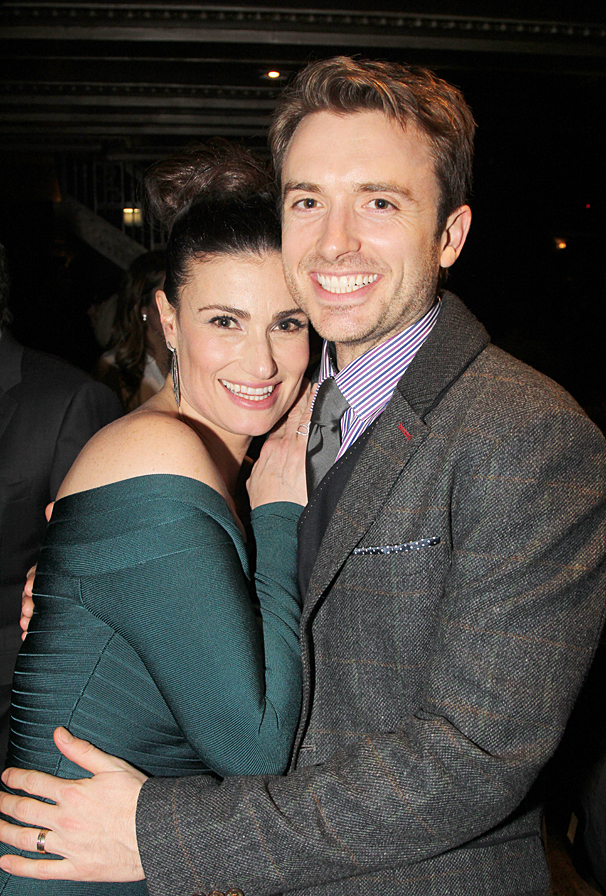
Behind the Scenes of If/Then Broadway
Beyond the artistry, If/Then taught me invaluable lessons about storytelling, risk-taking, and embracing the unknown.
1. Broadway isn’t just about spectacle—it’s about truth.
While If/Then had its big musical moments, what truly resonated were the smaller, human moments—the quiet realizations, the tender exchanges, and the deep emotional stakes.
A perfect example: the simplicity of the scene before “You Never Know.” It boiled down to two people seeing if they could make it work (Hint: Josh knew right away). It reminded me that audiences come to Broadway for connection, not just spectacle.
2. Live theater is unpredictable—embrace it.
With a complex, non-linear story, timing was everything. Occasionally, we’d hit a moment where an audience reaction—or even a stage mishap—would add a new layer to the show.
No one rolled with the joy of spontaneity better than Idina. The audience loved seeing her navigate the unexpected, and it made every performance feel alive.
One night, early in the run, during the scene before our big duet “Here I Go”, we were kneeling across the bed from each other when a picture frame fell off the wall between us. Idina was shocked (it just missed her!), and without thinking, I picked it up and said, “See, I told you you need a man around the house.”
The audience erupted in laughter, and in that moment, we got to share a quick wink with them before diving even deeper into the story.
🎭 Read More About My Broadway Journey
Why If/Then Still Matters in Broadway History
Though If/Then closed on Broadway in 2015, its message still resonates. It asked big questions about life’s twists and turns—questions we all wrestle with at some point. It reminded audiences (and me as a performer) that every moment is an opportunity to redefine our path.
For those who never saw the show or want to revisit it, the cast album is a fantastic way to experience the music. And if you’re a performer yourself, If/Then is a masterclass in contemporary musical theater storytelling.
Looking Ahead: My Broadway & Acting Coaching
My journey with If/Then was one of the most meaningful experiences of my Broadway career. The friendships I made on that show? I carry them close to my heart.
As I continue coaching actors and performers, I always encourage them to find the emotional core of every story they tell—just as If/Then did for me.
If you saw If/Then on Broadway or on tour, I’d love to hear your thoughts!
👉 What moment resonated with you the most? Drop a comment below, and let’s talk theater! 🎭

